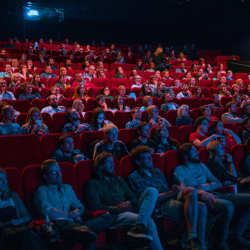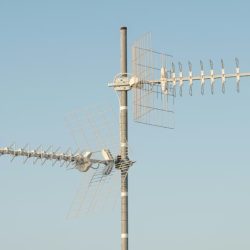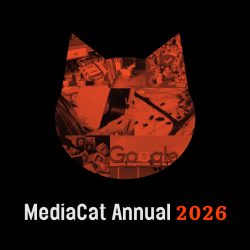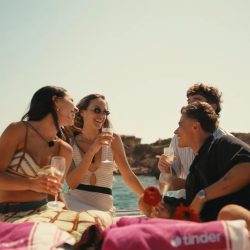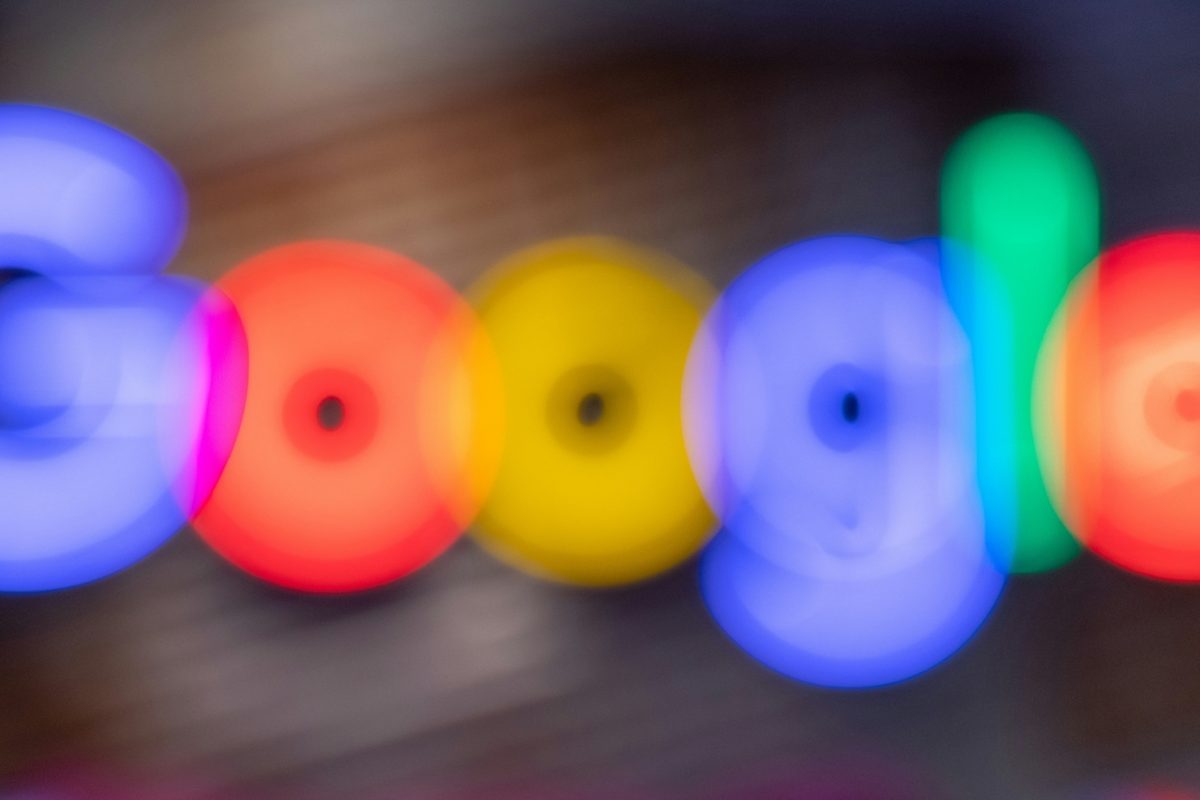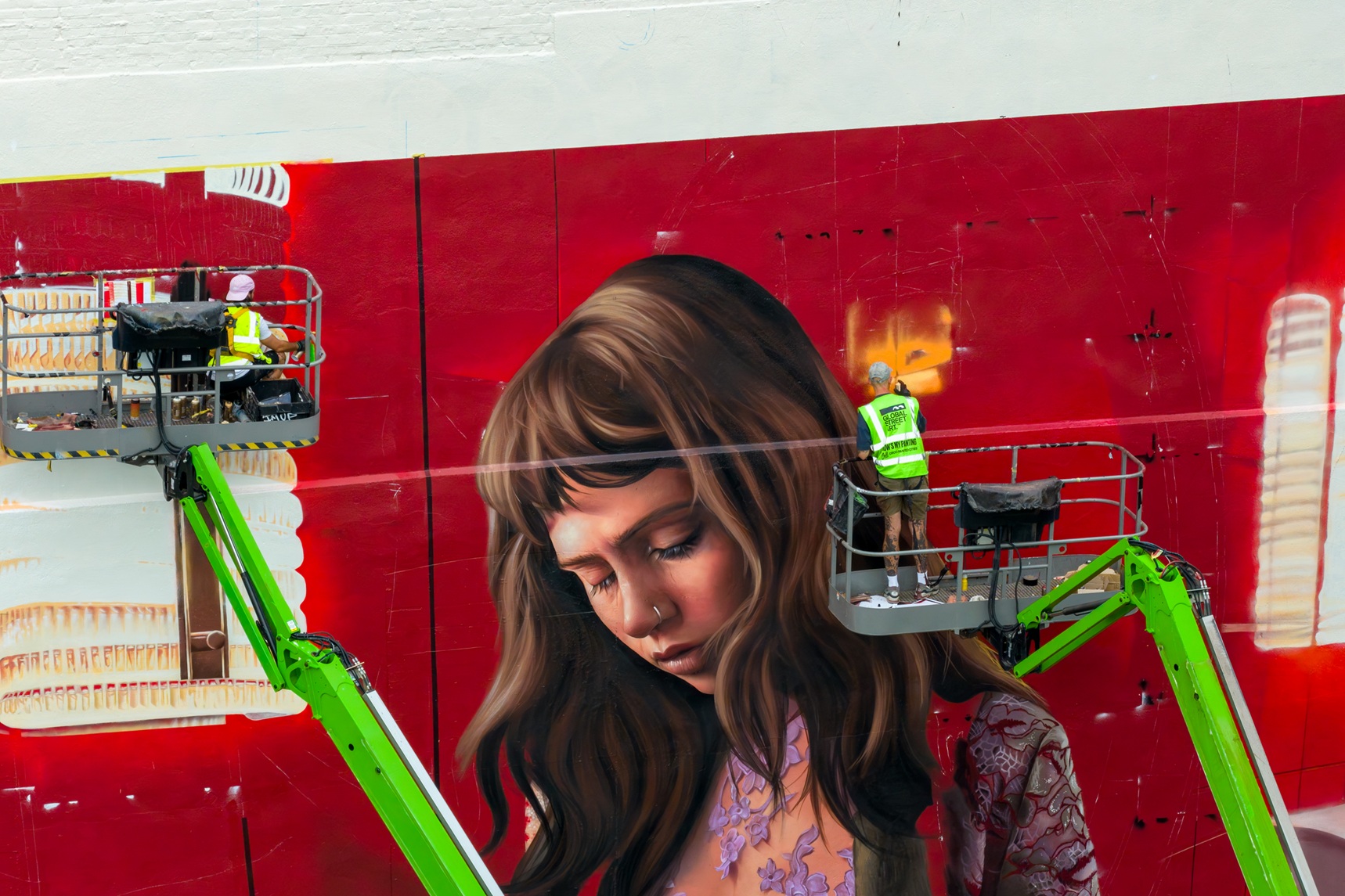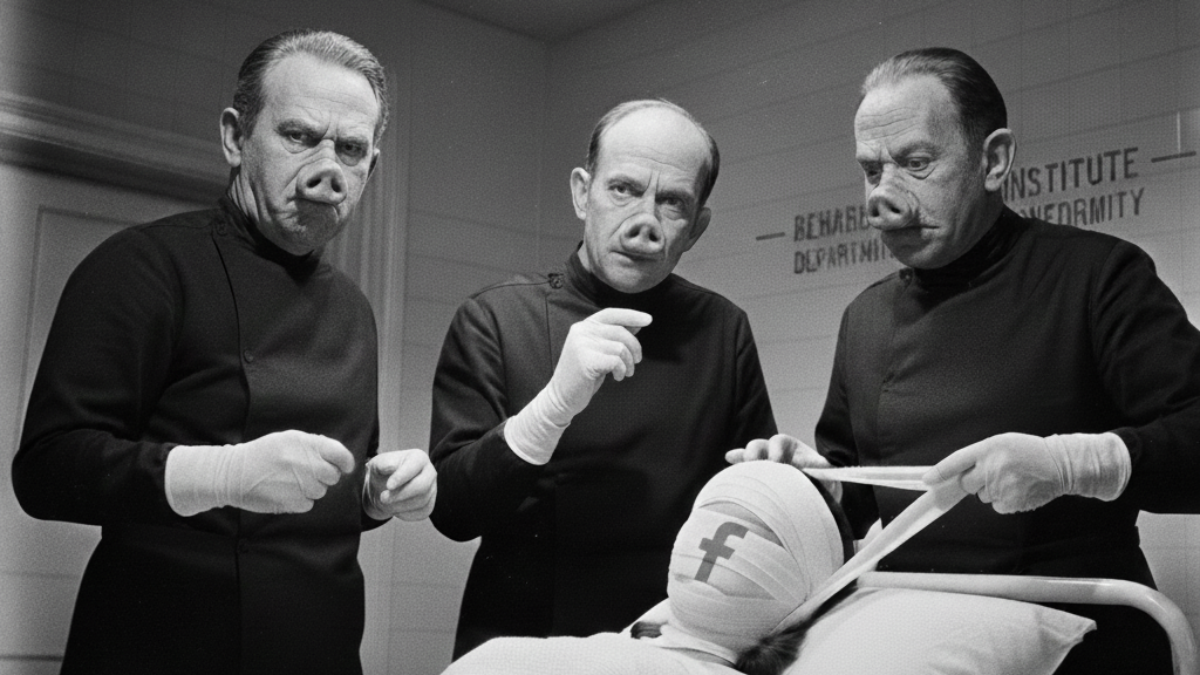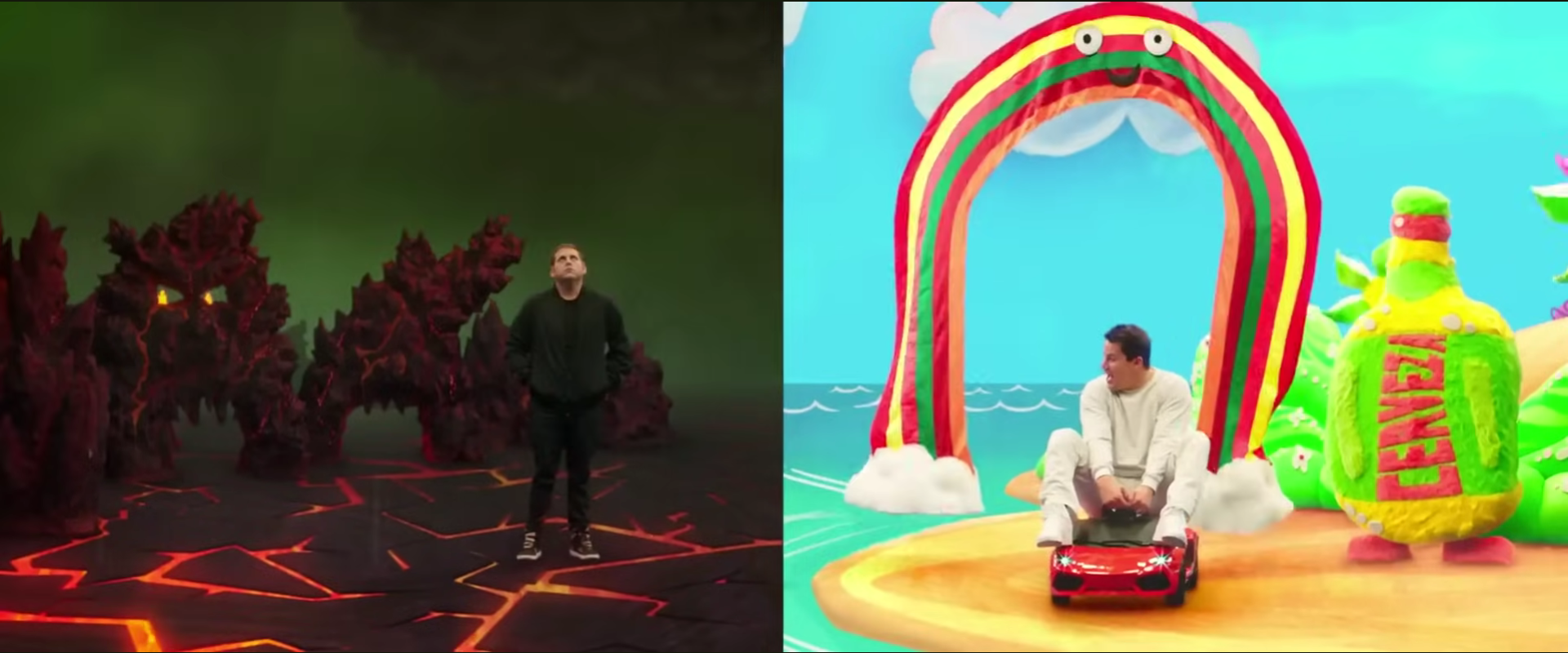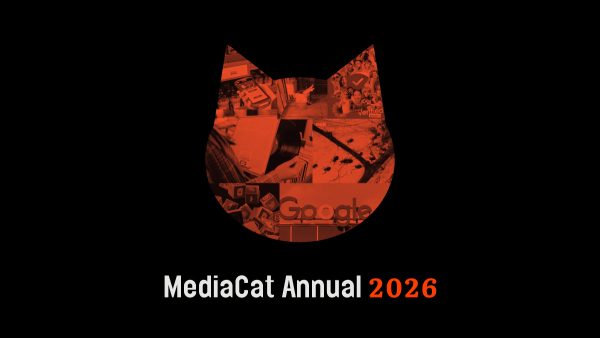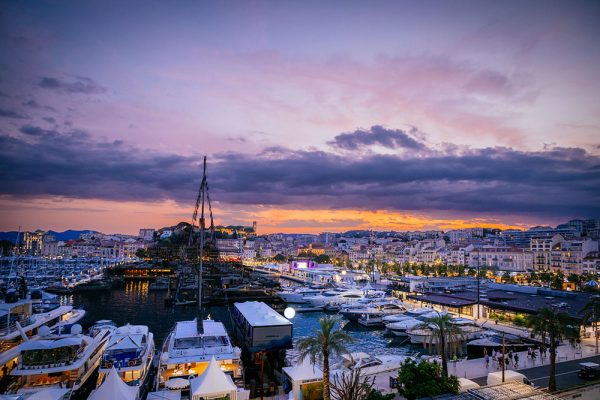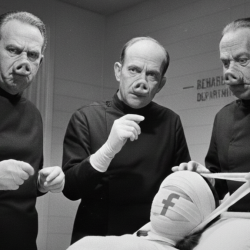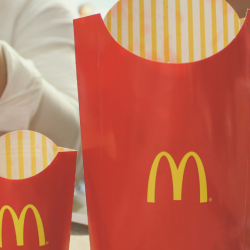Search, in the traditional sense, is down. Not in an apocalyptic ‘SEO is dead’ sense, but in a way that reflects how the media landscape is shifting.
According to Mediaocean’s H2 Market Report, just 42% of marketers plan to increase their search spend this half, down from 54% in H1. That’s a 22% dip and the steepest across all ten channels surveyed.
While Mediaocean didn’t ask respondents why search is being deprioritised by marketers, we don’t really need them to. The writing’s been on the wall for a while, or in this case, the scroll.
People aren’t beginning their journeys with traditional search anymore. They’re being pulled in by the algorithmic tide — mid-feed, mid-scroll and mid-toilet break. TikTok, Pinterest, Reddit and AI chatbots are shaping decisions long before anyone arrives at a traditional search engine with their wallet out.
Yes, search still works. But it’s capturing intent as opposed to creating it. If you’re only showing up when someone knows what they want, you’re competing for the narrowest slice of demand — often at the highest cost.
The approach used to be: brand drives awareness, search captures demand. Sound in theory, but increasingly not what we see in practice. It made sense when journeys were linear: see an ad, remember the brand, Google it later. But that’s not how people behave anymore. Discovery happens passively — in the feed, in comments, through creators or via algorithm roulette. By the time someone reaches search — if they haven’t already bought through social — the decision is often already shaped. If you’re only spending at the point of capture, you’re arriving late to a party someone else started.
What we’re seeing now is the need to plan for this changing world. Marketing fundamentals haven’t changed but how we apply them needs to account for how people behave today. At Brave Bison, we developed the Media Lift Effect (MLE) — a planning framework designed to tackle this challenge. MLE unlocks the compounding impact in both efficiency and effectiveness when we plan media and creative around how people actually behave across the funnel. That means aligning brand and performance, paid and organic, around three real-world intent levels: Passive (discovery), Active (engagement), and Customer (conversion).
In practice, that means mapping creative and media by intent and platform. Build for discovery with native content that earns attention. Use engagement signals to identify what’s working organically then amplify it with paid, targeting based on behaviour and optimising to stage-appropriate KPIs. A test-and-learn approach feeds results from paid amplification back into organic content creation, accelerating what works. Success is measured at multiple levels — tactically through platform metrics, at a channel level via MMMs, and at a behavioural level through uplift studies and hold-out testing.
Planning for Media Lift is an increasingly necessary approach in a world of growing complexity and auction costs. We’ve used this planning framework with clients to unlock stronger results without chasing last-click metrics. Done well, it improves performance and reduces waste — particularly as media costs rise. WARC has found that media spend is 40% more efficient when creative is tailored to platform behaviour.
Take the way people discover products today. It’s not through a single trigger. It’s through a sequence of nudges, or aggregate attention as it’s referred to. A Reel here, a comment there, a reminder via dynamic product ad a week later. Social is doing the heavy lifting early in the journey — often without credit — while search sits further down, picking off the warm leads.
So when CMOs reallocate budget away from search, it’s not because it stopped working. It’s because other channels are doing more of the work. We’re seeing clients shift spend upstream, investing more in creative that earns attention and media that amplifies it before intent has even formed.
It’s also a response to economics. CPMs are up, tracking’s down and the signal-to-noise ratio is off the charts. If you’re paying more per impression, you need those impressions to actually matter. That doesn’t mean flooding feeds with AI slop and hoping for the best. It means identifying where attention is earned, and building content that holds it. That’s where MLE really comes into play – by tapping into what already works across touchpoints. TikTok data shows that combining paid and organic can lead to a 2x lift in ROAS, a 173% increase in ad recall and a 20% rise in brand affinity. Additional research from Ipsos and Tiktok found that brands maintaining a consistent paid and organic presence saw a 28% uplift in purchase intent.
When you do that well — when creative and media are planned together, across paid and organic, and mapped to real behaviours — performance improves considerably. CPAs come down. ROAS holds. Branded search goes up.
Search still plays a role. But it no longer gets the glory for the whole conversion.
While search spend is declining, what we’re seeing is a course correction. We’ve stopped giving the bottom funnel credit for work being done elsewhere. Creative, content and channels earlier in the customer journey are building demand. Search plays an important role in converting consumer intent, but that conversion only happens if someone made you care in the first place.
